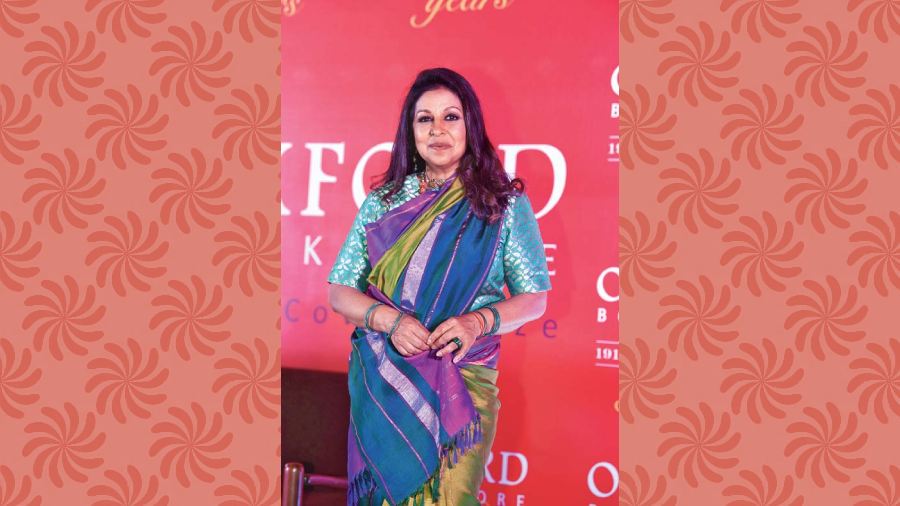The Oxford Bookstore Book Cover prize is a unique initiative that is a much-needed recognition for the compelling art of book cover design creation. It is the book cover that draws a shopper towards a book, urging them to read the blurb and make a choice, making the cover a perfect amalgamation of the science of attraction and the wonderful freedom of art. This year, which also happens to mark the centenary of the famed Oxford Bookstore, had Ishan Khosla taking home the coveted prize for his cover design of Anukrti Upadhyay’s book Kintsugi (Fourth Estate).
The jury of the award this year included author and member of Parliament Shashi Tharoor; author, columnist and novelist Shobhaa De; author and academic Kunal Basu; author, academic and museum curator Alka Pande; director, Apeejay Surrendra Group Priti Paul; and guest juror, director, French Institute in India, Emmanuel Lebrun-Damiens.
To commemorate Oxford Bookstore’s glorious century in books, and as a tribute to the generations of literature and art lovers of Kolkata and the country, who made this possible, Priti Paul said: “We are delighted by the great success and appreciation received by our unique literary award, the Oxford Bookstore Book Cover Prize, now in its seventh edition. It is the first-of-its-kind award for excellence in book design, which recognises and encourages the outstanding work of designers, illustrators and publishers across India. Further, we are proud to announce our new initiative, the first Oxford Bookstore Art Book Prize in collaboration with the Visual Arts Gallery, India Habitat Centre. This reiterates Oxford Bookstore’s continuing support of literature, art and design in India.”

Priti Paul
We spoke to Ishan Khosla to get a peek into the workings of a book cover design. Excerpts.
Could you take us through the end-to-end process of book cover design?
I am either contacted directly by the author but mostly, it is the publisher who makes the initial contact and shares a brief. If the brief interests me, I pursue the project, in which case I would reply to them with a series of questions and request for the manuscript to be shared. I usually like to also connect with the author but that’s not always possible.
From here it goes into initial concept stages where I share ideas that are roughly implemented. Some concepts could be purely typographic, others photographic or illustrative. Once a concept and rough design is selected I move forward and select more refined options of the selected concept and so on, till the front cover is complete. Once the front cover is done, I work on the spine, back cover and flaps if any.
Do you read all the books that you design the cover for?
I read most of the book, whatever is provided to me. It is important to do so to understand the tone of voice and the target audience the book caters to. How can we design the logo of a drink we haven’t tasted? Or the label of a perfume we haven’t smelt? It is the same thing. Today, the book is a brand, like the author. The lesser known the author, the harder the cover has to work to persuade a viewer to become a reader.
Can someone be a book cover designer without being a reader?
Yes and no. You must at least read most of the book, if not all, that you’re designing for. One does not have to be a voracious reader in general, but have a good eye for design and that too a good cover. Designing a book cover is very different for a novel than an art book for instance. Knowing these nuances is more critical than being a reader.
How are you feeling after having won this award?
Awards such as the Oxford Book Cover Prize go a long way in giving book designers their due respect and appreciation which was otherwise lacking. I feel honoured and excited to have received this award.
